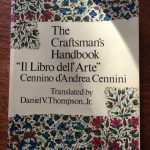 Il lib to dell’arte Cennino D’andrea Cennini. The craftsman’s handbook. translated daniel v Thompson Dover pubs 1933
Il lib to dell’arte Cennino D’andrea Cennini. The craftsman’s handbook. translated daniel v Thompson Dover pubs 1933
Gods view of Adam and Eve : now they have to be in the real world of man not God.
Chapter 1 – Man afterward pursued many useful occupations, differing from each other; and some were and at, more theoretical than others; they could not all be alike, since theory is the most worthy. Close to that, man pursued some related to the one which calls for a basis of that, coupled with skill of hand; and this is an occupation of this painting, which calls for imagination, and skill of hand, in order to discover things not seen, hiding themselves under the shadow of natural objects, and to fix them with the hand, presenting to plain sight but does not actually exist. And it just for deserves to be enthroned next to theory, and to be cloned with putting true. The justice lies in this that the poet, with his theory, though he have but one, it makes him worthy, is free to compose and bind together, or not, as he pleases, according to his inclination. In the same way, the painter is given to freedom to compose a figure, standing, sitting, half man, half horse, as he pleases, according to his imagination.
Practice based vs theory at this early stage! But he acknowledges both are crucial, noble and honourable.
Chapter 2 – How someone enter the profession through loftiness of spirit and some for profit
It is not without the impulse of a lofty spirit that some are moved to enter the profession, attractive to them through natural enthusiasm. Their intellect will take delight in drawing, provided their nature attracts them to it of themselves, without any Masters guidance, out of Loftiness of spirit. And then, through this delight, they come to want to find a master; and they bind themselves to him with respect for authority, undergoing an apprenticeship in order to achieve perfection in all this. Where are those super Stuart, because of poverty and the Domestic need, for profit and enthusiasm for their profession too; but above all these are to be extolled the ones who enter the profession sense of enthusiasm and exaltation.
Chapter 3 – Fundamental provisions for anyone who enters this profession
you, therefore, who with lofty spirit are fired with this ambition, and are about to enter the profession, begin by decking yourselves with this attire: enthusiasm, reverence, obedience, and constancy. And begin to submit yourself to the direction master for instruction as early as you can; and do not leave the master until you have too.
Chapter 4 the basis of the profession, the very beginning of all these manual operations, is drawing and painting. These two sections call for a knowledge of the following: how to work up or grind, how to apply size, to put on cloth, to gesso, to scrape the gessos and smooth them down, To model with gesso, to lay bole, to gild, to burnish; to temper, to lay in; 2 pounce, to scrape through, to stamp or punch; to mark out, to paint, embellish, and to varnish, on panel or Ancona. To work on a wall you have to went down, to plaster, too true up, to smooth off, to draw, to paint in Fresco. To carry to completion in section: to temper, to embellish, to finish on the wall. And let this be the schedule of the aforesaid stages which I, with what little knowledge I have acquired, will expound, section by section.
Chapter 5 – How do you begin drawing on a little panel; and the system for it.
As has been said, you begin with driving. You are to have the most elementary system, so as to be able to start driving. First take a little boxwood panel, 9 inches wide in each direction; all smooth and clean, that is, washed with clear water; rubbed and smoothed down with cuttle such as goldsmiths use for casting. And when this little panel is thoroughly dry, take enough bone, ground diligently for two hours, to serve the purpose; and the finer it is the better. Scrape it up afterwards, take it and keep it wrapped up in a paper, dry. And when you need some for priming this little panel, take less than half a bean of this bone, or even less. And stir this board up with saliva. Spread it all over the little panel with your fingers; and, before it gets dry, hold the little panel in your left hand, and tap over the panel with the fingertip of your right hand until you see that it is quite dry. And it will get coated with bone as evenly in one place as another.
Idea!
This book goes on to give the art student extremely detailed advice and direction on how to draw and the tools required, and they can be made. He goes on the describe how to make and use brushes, how there are many blacks to be applied. He also advises on how to copy a master ( not many but few masters of good reputation). And how to make tracing paper to copy drawings. When drawing he states that ‘ work up your lights, half lights and darks gradually, going back to them many times with the pen.’
This is true of drawing on a tablet and using ‘layers’ to build up the right tone, shadows and lights to make you satisfied that the drawing reflects the subject.
It strikes that one could use this book as a commentary sound track to a contemporary art student, trying out different tracing applications on their tablet. Or different brushes on an application like fifty three or Procreate, for many of the same criteria are being used 700 years on from gennini’s handbook.
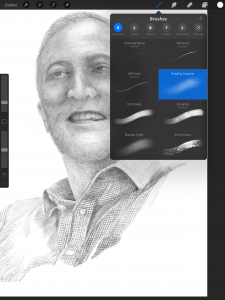
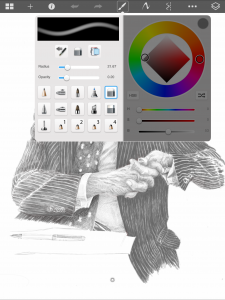
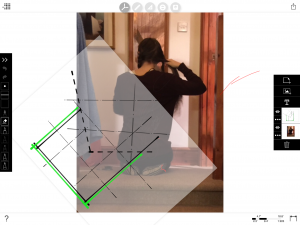
This could be a good multimedia project, but whatever is done in the digital environment and as Cennini states that nature is the ‘go to’ teacher of the enthusiastic lofty spirited drawing student.
The full text is on google books
https://books.google.co.uk/books?id=GYu-dc4NAyIC&pg=PA23&source=gbs_toc_r&cad=3#v=onepage&q&f=false
Which is wonderful in that the text is digitised and globally available. However in the continuing debate about digital and analogue environments, benefits and values I have valued reading the paper version. I have felt closer to the writer and able to put myself in the position art student because I am leafing through pages and enjoying the process of tactile reading. The two analogue and digital can be mutually beneficial to the artist, researcher, student as I write this on an iPad with the ability to add thoughts, images and rewrites immediately. The two must work together as mentioned nature is the go to teacher.
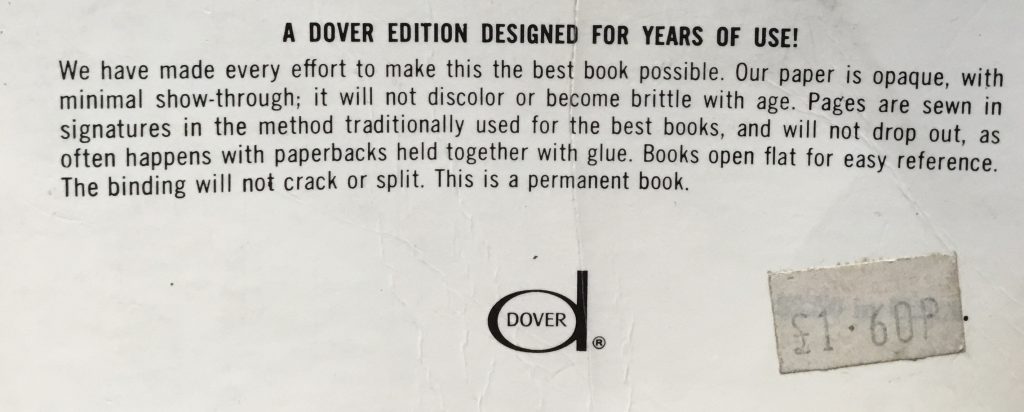
There is much detailed advice in following chapters including gilding, golden tin and : how to paint faces; How to paint a dead man; how to paint a wound and in happier times how to paint water.
‘Whenever you want to do a stream, a river, or any body of water you please, either with fish or without, on wall or on panel; on the wall, take that very same Verdaccio which you used for shading the faces on the mortar; do the fish, shading with this verdaccio the shadows always on their backs; bearing in mind that fish, and in general all irrational animals, or to have the dark part on top and the light underneath. Then when you have shaded with Verdaccio, put on lights underneath, with lime white on the wall; and with white light on panel.
And make a few shadows over the fish, and all over the background, with the same Verdaccio . And if you care to make any outstanding fish, lace it with a few spines of gold. Then, in Seco, lay verdigris in oil uniformly over the whole ground; and work this way also on the panel. And if you do not want to work in oil, take some terre-verte, or malachite, and cover evenly all over; but not so much that the fish and waves of water do not still show through; and if they need it put a few lights on the waves, with lime white on the wall, and tempered white lead on panel.’
This like the whole book states the one and only correct way to carry out a work of art. There is no doubt in gennini’s writing. He is the master, having learned from his master Giotto, and the reader the student who must learn in order to follow the profession.
Once he has completed his instruction on a particular activity or skill he concludes it and moves to the next, taking the student through stages of knowledge of art skills.
‘And let this suffice you for the business of painting; let us get onto the study of embellishing but let us first discuss the mordants.’
His assumption is that the student will be motivated and assiduous and spend the necessary dedicated time. Draw at least once a day ………
And if you graduate from the bone and leaden drawing to a pen ……
Chapter 13 How you should practice drawing with a pen.
When you have put in a year, more or less, at this exercise, according to what liking or enjoyment you have taken, you may sometimes just draw on paper with a pen. Have it cut fine; and then draw nicely, and work up your lights, half lights, and darks gradually, going back to them many times with the pen. And if you want your drawings to come out a little more seductive, put some little washes on them, as I told you before, with a blunt miniver brush.’
And finally he delivers the piece de resistance :
‘ do you realise what will happen to you if you practice driving with a pen? – That it will make you expect, skilful, and capable of much drawing out of your own head.’
So the end goal is that the drawing student will have learned, and possibly internalised, the knowledge and skills to be able to draw ‘naturally’. This of course relies on your subjects being from the portfolio of the 14th century cast list. Contemporary drawing encourages the artist to develop their own skill, style, techniques to create anew. To keep inventing and interpreting using existing and new skills to reflect the …………

